Boost Lab Skills with ISO 15189 Training
Master ISO 15189 lead auditor training for precise laboratory compliance. Enhance auditing skills with our expert-led program. Enroll today!

Imagine walking into a medical laboratory where every test result is spot-on, every process runs like clockwork, and patient safety is never in question. Sounds like a dream, right? Well, that’s the kind of precision and reliability ISO 15189 training can bring to your lab. If you’re part of the crew managing quality control, handling equipment, or ensuring samples are processed without a hitch, this training isn’t just another checkbox—it’s your roadmap to making a real difference. Let’s unpack why ISO 15189 training matters, who needs it, and how it can transform your lab into a powerhouse of accuracy and trust.
What’s ISO 15189, Anyway?
You’ve probably heard the term ISO 15189 tossed around in lab meetings, but let’s break it down. ISO 15189 is an international standard specifically designed for medical laboratories. It’s like a blueprint for ensuring your lab delivers reliable, accurate, and consistent results while keeping patient safety front and center. Think of it as a promise—a promise that your processes, from sample collection to reporting results, meet global expectations for quality and competence.
But here’s the thing: meeting those standards isn’t just about reading a manual and calling it a day. It takes training—targeted, hands-on, and practical—to make sure everyone in the lab is on board. Whether you’re calibrating equipment, managing documents, or troubleshooting errors, ISO 15189 training equips you to handle it all with confidence. And honestly, who wouldn’t want to work in a lab where mistakes are rare and trust is sky-high?
Who Needs This Training? (Spoiler: Probably You)
If you’re thinking ISO 15189 training is only for lab managers or quality control gurus, think again. This training is for anyone who touches the lab’s operations—and I mean anyone. Are you the person making sure pipettes are calibrated? Handling samples with care? Or maybe you’re the one catching non-conformities before they snowball into bigger issues? If you’re nodding, this is for you.
Here’s a quick rundown of who benefits:
-
Quality control staff: You’re the gatekeepers of accuracy, ensuring every test result is trustworthy.
-
Equipment maintenance techs: Keeping machines humming is your jam, and ISO 15189 ensures they’re up to snuff.
-
Sample management teams: From collection to storage, you make sure samples stay pristine.
-
Risk management folks: You’re spotting potential pitfalls and keeping the lab on track.
-
Corrective action teams: When something goes wrong, you’re the ones fixing it—fast and right.
Even if your role feels small, like updating records or double-checking test results, you’re part of the quality chain. Training helps you understand how your piece of the puzzle fits into the bigger picture. And let’s be real: knowing you’re contributing to patient safety feels pretty darn good.
Why Bother with ISO 15189 Training?
You might be wondering, “Can’t we just wing it?” Sure, you could—but that’s like trying to bake a cake without a recipe. You might get something edible, but it won’t be consistent, and you’re risking a flop. ISO 15189 training ensures everyone in the lab is working from the same playbook. Here’s why it’s worth your time:
It’s All About Patient Safety
At the heart of ISO 15189 is one simple goal: making sure patients get accurate results. A single mix-up in a lab report can lead to the wrong diagnosis or treatment. That’s heavy, right? Training helps you spot errors, manage risks, and keep patient safety first. It’s not just about following rules—it’s about knowing your work directly impacts lives.
Boosts Your Lab’s Reputation
Ever worked in a place where clients trust you implicitly? That’s what ISO 15189 compliance does for your lab. When you’re trained to meet this standard, your lab becomes a beacon of reliability. Doctors, patients, and partners know they can count on your results. And in a world where trust is everything, that’s a game-changer.
Saves Time and Money (Yes, Really)
Here’s a little secret: doing things right the first time saves everyone a headache. Training teaches you how to streamline processes, catch errors early, and avoid costly rework. Imagine fewer repeat tests, less downtime, and happier staff. Who wouldn’t want that?
Keeps Everyone on the Same Page
Labs can feel like chaotic kitchens sometimes, with everyone rushing to get their tasks done. ISO 15189 training creates a shared language and approach. Whether you’re in quality control or sample prep, you’ll know exactly what’s expected and how to deliver. It’s like giving your team a GPS for success.
What You’ll Learn in ISO 15189 Training
So, what’s the training actually like? It’s not just sitting through boring lectures or flipping through a 500-page manual. Good ISO 15189 training is hands-on, practical, and tailored to your role. Here’s a taste of what you’ll walk away with:
Mastering Quality Control
Quality control isn’t just about checking boxes—it’s about building a culture of excellence. You’ll learn how to monitor processes, spot deviations, and ensure every result meets the standard. Think of it like being a detective, always on the lookout for clues that something’s off.
Handling Equipment Like a Pro
If you’re in charge of equipment, training will teach you how to keep those machines in tip-top shape. From calibration to maintenance schedules, you’ll know how to prevent breakdowns and ensure accuracy. It’s like giving your lab’s gear a regular health checkup.
Managing Samples with Precision
Samples are the lifeblood of any lab. Training covers everything from proper collection to storage to avoid contamination or mix-ups. You’ll learn tricks to keep samples pristine, ensuring results are as accurate as possible.
Tackling Non-Conformities
Mistakes happen. Training shows you how to spot non-conformities (fancy word for things going wrong) and fix them before they escalate. It’s like having a fire extinguisher handy—you hope you never need it, but you’re glad it’s there when you do.
Risk Management 101
Risks lurk in every lab, from equipment failures to human error. Training helps you identify potential problems and put safeguards in place. It’s like building a safety net for your lab’s operations.
How Training Feels in the Real World
Let me paint a picture for you. Imagine you’re a lab tech who just finished ISO 15189 training. You’re calibrating a machine, and something feels off. Thanks to your training, you know exactly what to check and how to document it. You catch a small error before it messes up a batch of results. Your supervisor gives you a nod, and the doctor gets the right report. That’s the kind of confidence and impact training brings.
Or maybe you’re in document control, and you’ve learned how to streamline records so nothing gets lost in the shuffle. Suddenly, audits feel less like a nightmare and more like a chance to shine. It’s empowering, isn’t it?
concepts stick. It’s one thing to read about quality control; it’s another to actually do it.
The Bigger Picture: Why This Matters Now
In 2025, medical labs are under more pressure than ever. With patients and doctors demanding faster, more accurate results, there’s no room for slip-ups. ISO 15189 training isn’t just about meeting a standard—it’s about staying ahead in a world where precision is non-negotiable. And let’s not forget the human side: every test result represents a person waiting for answers. That’s a responsibility worth taking seriously.
You know what’s cool? When you walk into work knowing you’re part of a team that’s got its act together. Training gives you that confidence. It’s not just about doing your job—it’s about doing it so well that patients, doctors, and your colleagues can count on you.
Getting Started: Your Next Steps
Ready to bring ISO 15189 training to your lab? Start by assessing your team’s needs. Who’s handling what, and where could a little extra know-how make a difference? Then, explore training options—online courses, in-person workshops, or even in-house sessions. Check out providers like the American Association for Clinical Chemistry (AACC) or ISO-accredited organizations for credible programs.
Oh, and don’t be afraid to ask for buy-in from your team. Share how training will make their jobs easier and the lab better. A little enthusiasm goes a long way. After all, who doesn’t want to work in a place where quality is king?



































































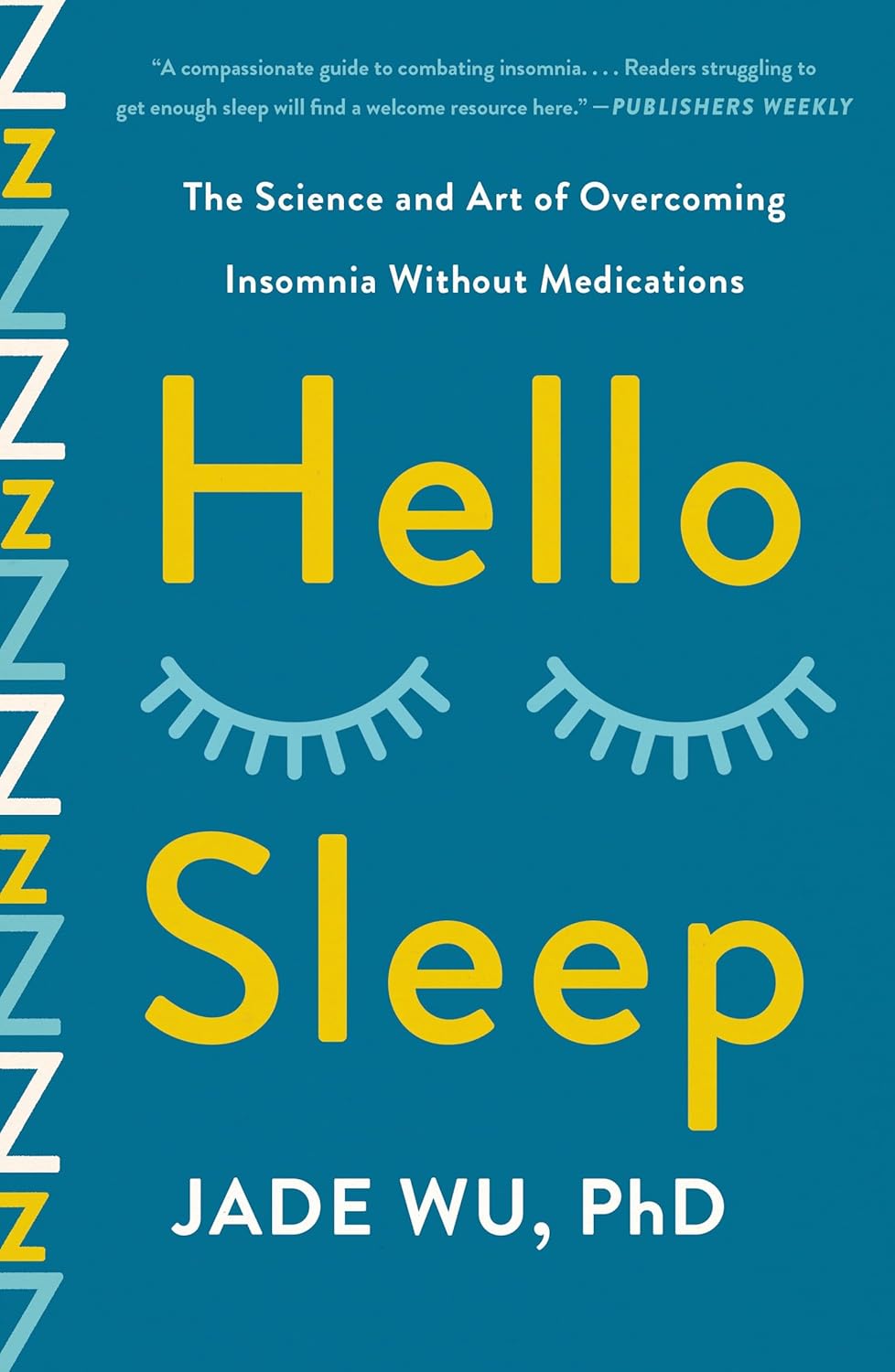
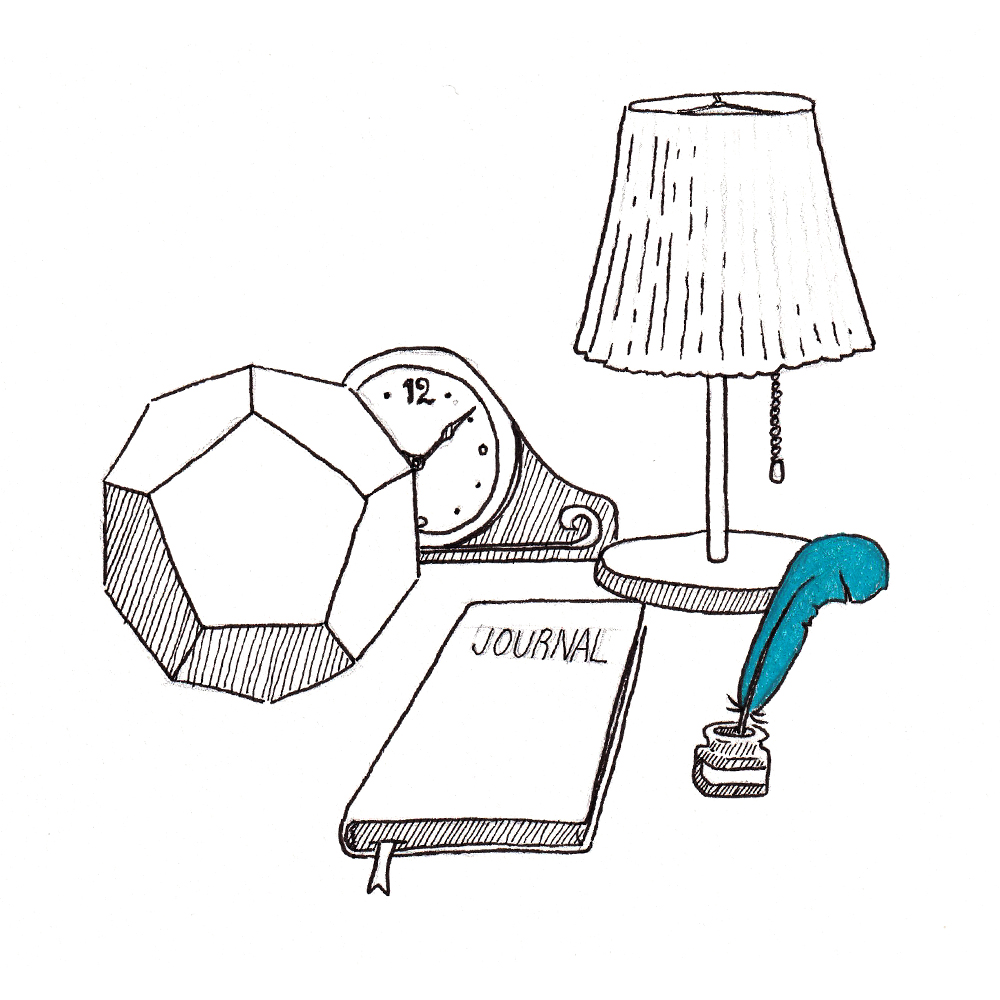



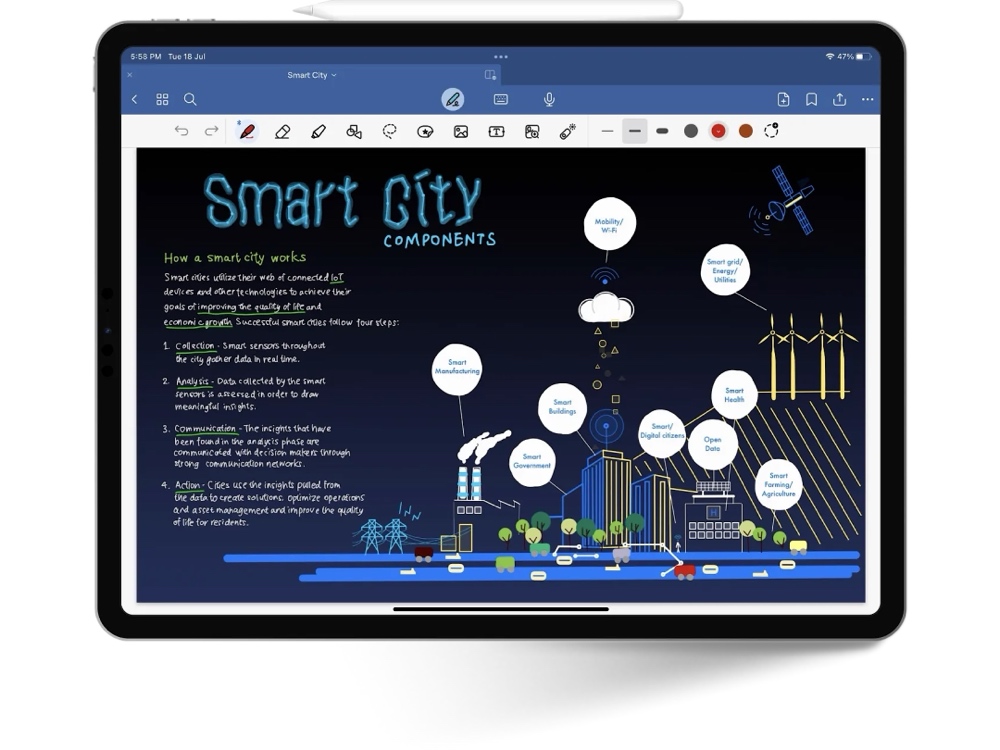

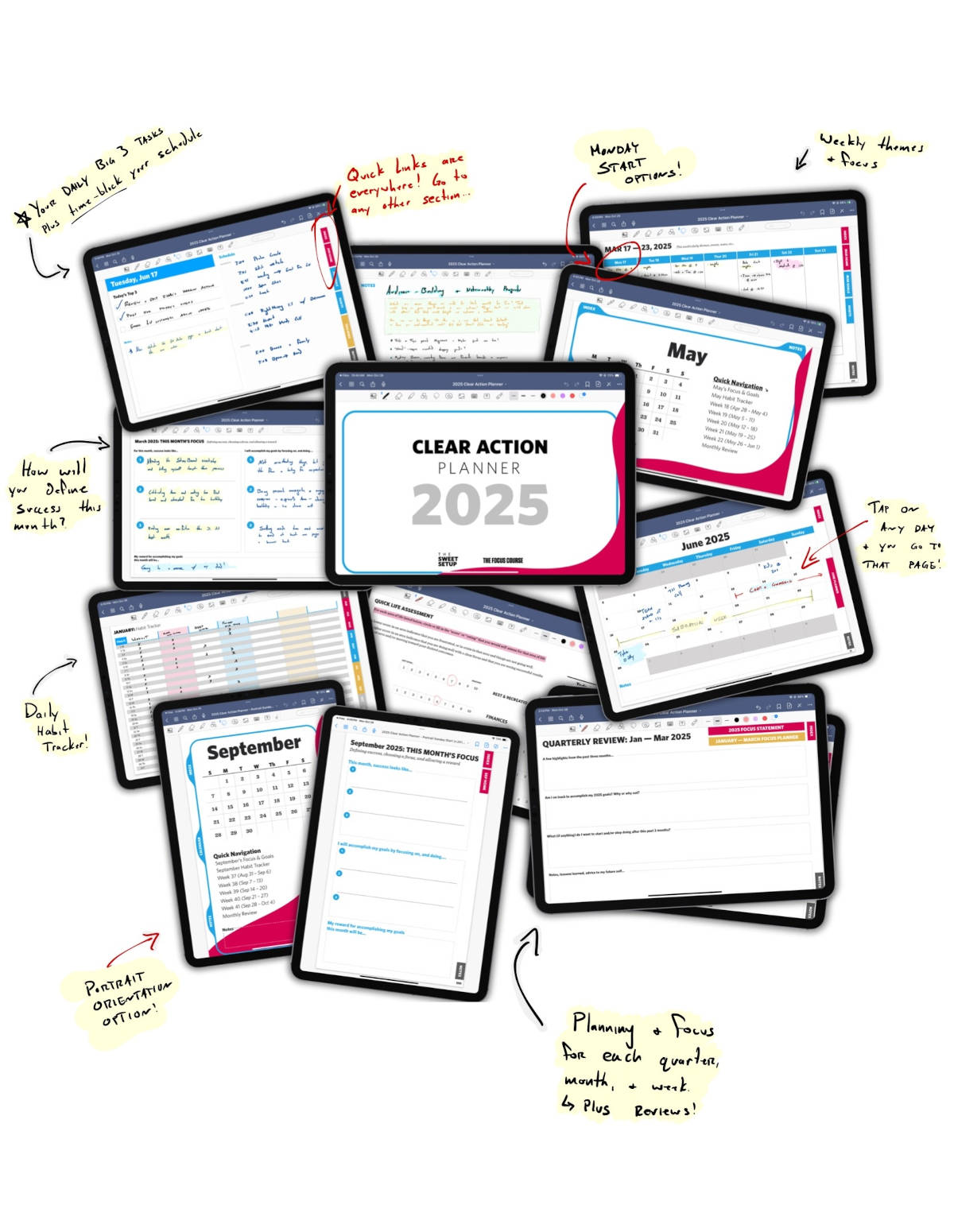
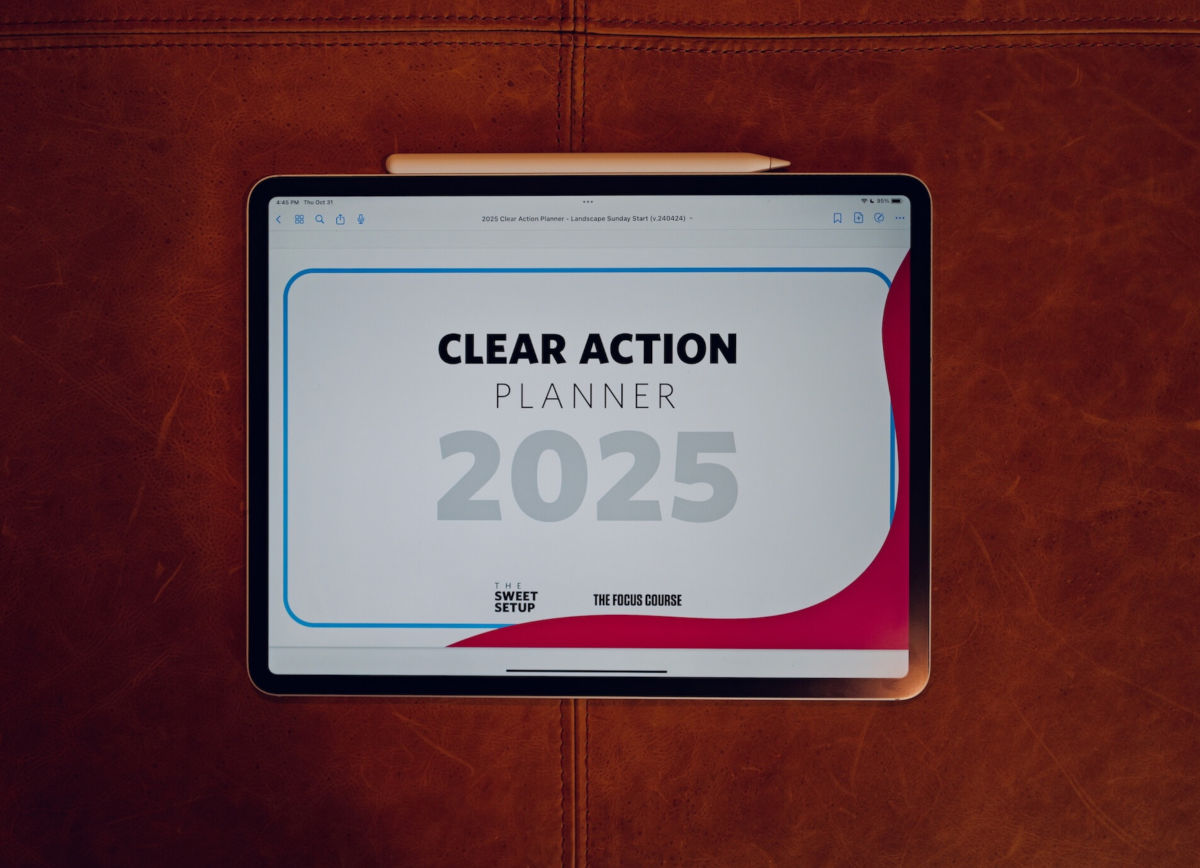



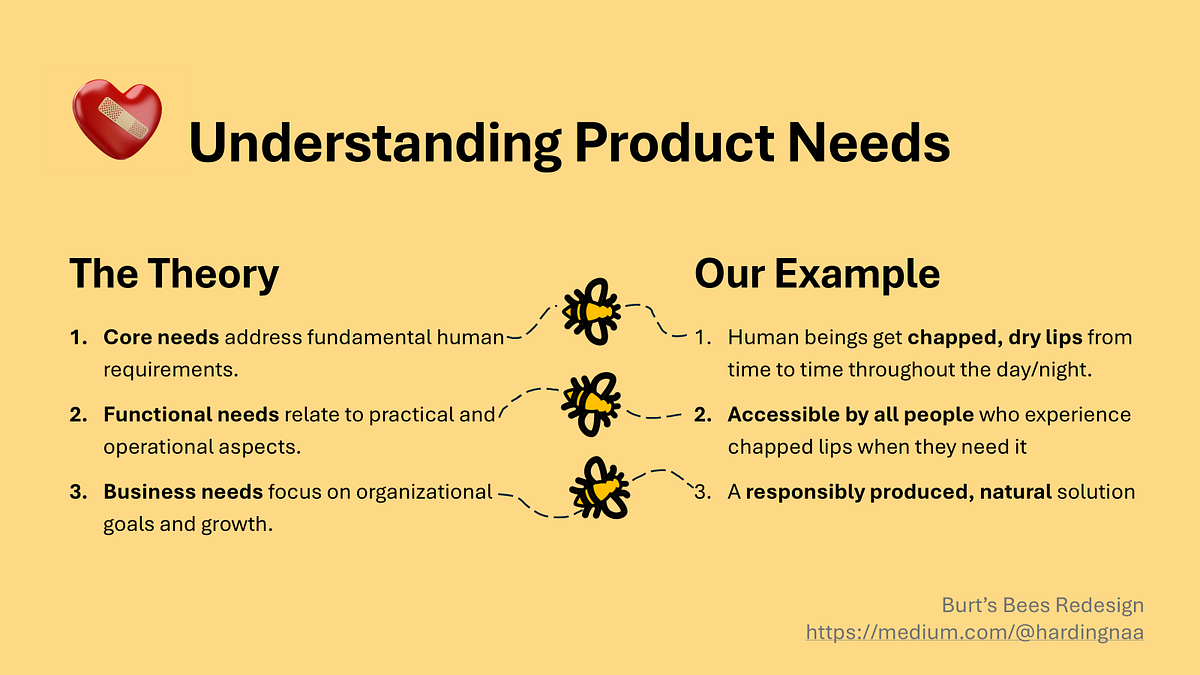

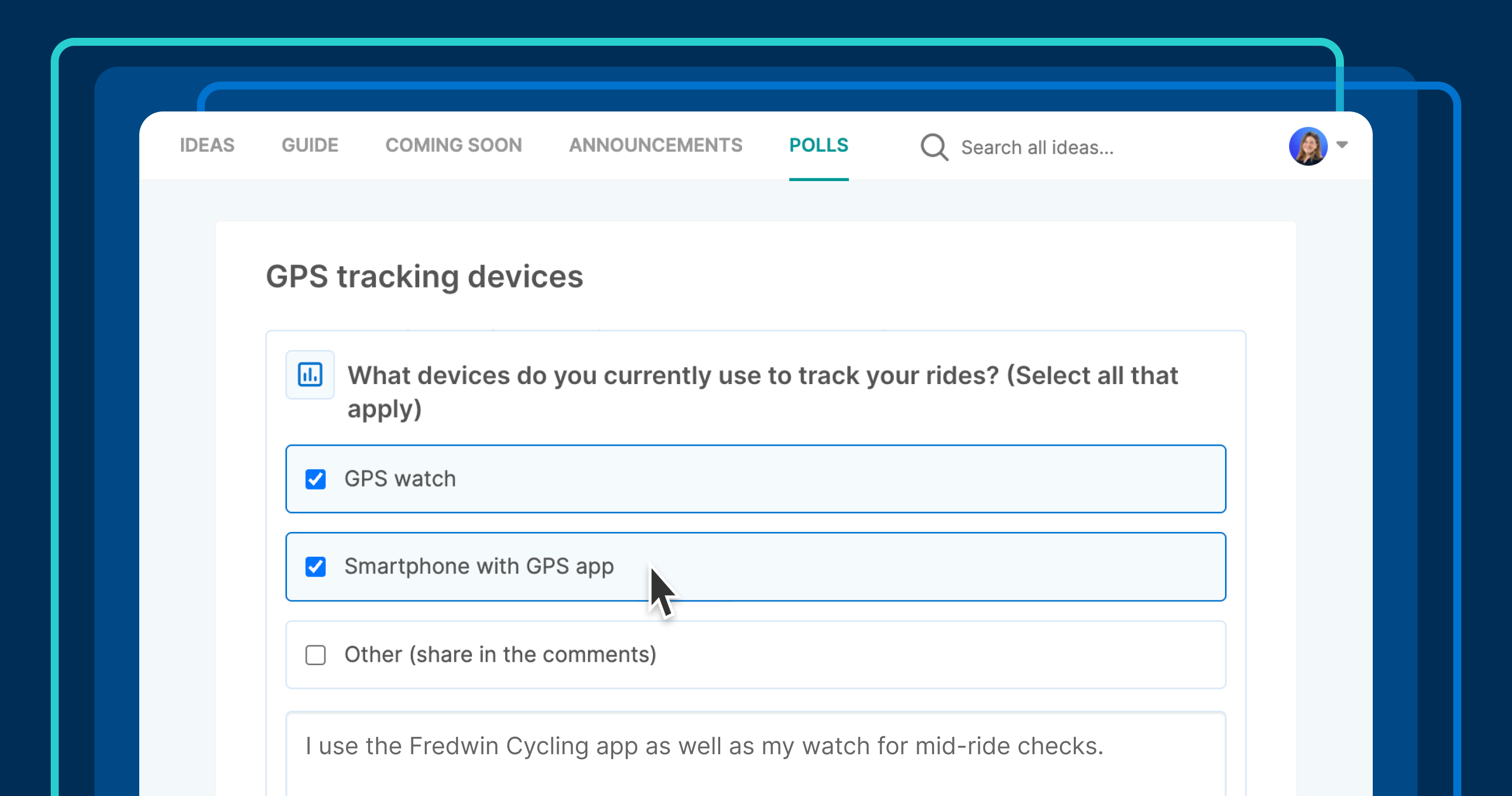








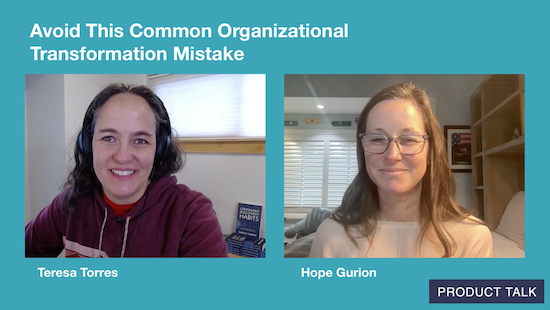
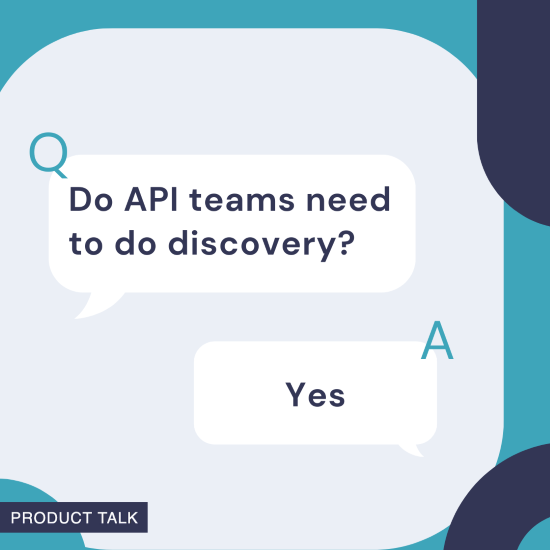









![Building A Digital PR Strategy: 10 Essential Steps for Beginners [With Examples]](https://buzzsumo.com/wp-content/uploads/2023/09/Building-A-Digital-PR-Strategy-10-Essential-Steps-for-Beginners-With-Examples-bblog-masthead.jpg)





























![Senior Support Engineer - US West [IC3] at Sourcegraph](
https://nodesk.co/remote-companies/assets/logos/sourcegraph.f91af2c37bfa65f4a3a16b8d500367636e2a0fa3f05dcdeb13bf95cf6de09046.png
)




















